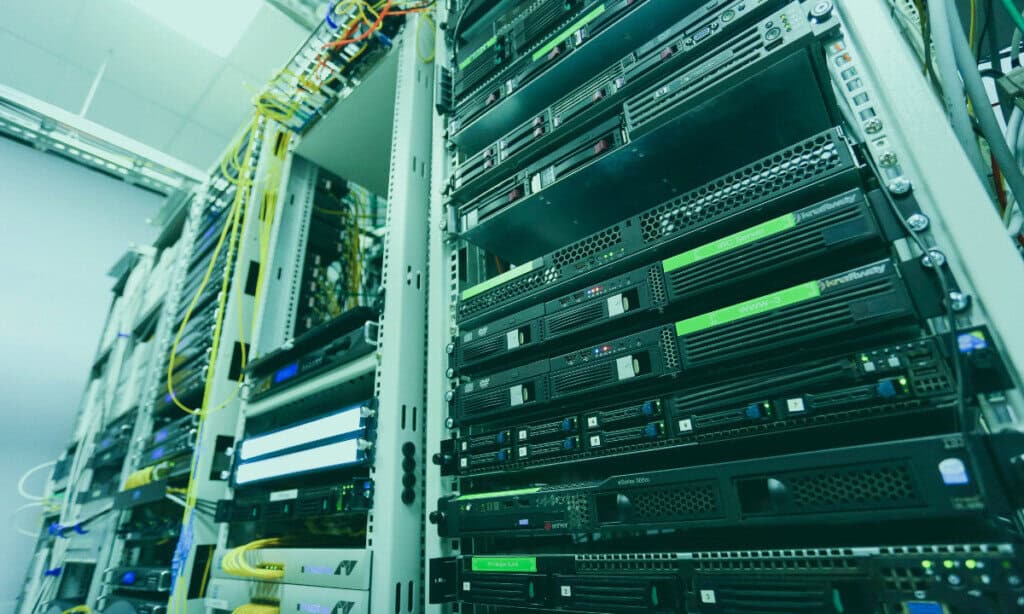- Bottom Line Up Front
- Refurbished Server Prices
- Understanding Server Costs
- Why Refurbished Servers Make Sense
- Key Considerations Before You Buy
- Server Cost Breakdown for Enterprise and Digital Businesses
- Popular Refurbished Server Models and Pricing
- Configuration Factors That Affect Price
- Budget Ranges by Use Case
- Vendor Comparison (Pros & Cons)
- Strategic Procurement Tips
- Market Trends Driving Refurbished Server Adoption
- Real-World Scenarios I’ve Seen
- Bottom Line
Last Updated on September 21, 2025 by Ewen Finser
Buying servers isn’t just a line item, it’s a strategic decision that impacts performance, scalability, and total cost of ownership. Whether you’re a digital merchant standing up new infrastructure or an enterprise IT buyer refreshing a data center, knowing what you should expect to pay (and what you’ll actually get for that price) can save you serious money and headaches down the road.
Bottom Line Up Front
If you’re wondering “how much will servers cost me?” Here’s the quick answer: pricing varies widely depending on server type, brand, configuration, and vendor. You’re likely looking at anywhere from $500 for entry-level used servers to $3,000–$5,000 for high-performance, enterprise-grade units. Key things to watch for are:
- Vendor reliability and certifications (ISO, ITAD, R2)
- Pre-deployment testing and QA (burn-in, firmware, stress testing)
- Inventory depth (especially for multi-site deployments)
- Warranty coverage (cross-ship, multi-year options)
For the best bang for your buck, go through a reputable seller like Alta Technologies, which combines tested hardware, pre-configuration services, and strong support. Other vendors can offer savings but may require more hands-on setup.
Refurbished Server Prices
Below are a few examples of refurbished server prices from one of my favorite vendors, Alta Technologies:
Server Model | Typical Configuration | Estimated Price Range | Use Case |
Dell PowerEdge R740 | Dual Xeon Scalable, 128GB RAM, 4x 1TB SSDs, 10GbE NIC | $1,500–$2,000 | Virtualization, AI/ML, database workloads |
HPE ProLiant DL380 Gen10 | Dual Xeon Scalable, 128GB RAM, 4x 1TB SSDs, 10GbE NIC | $1,500–$2,000 | General-purpose, enterprise applications |
Lenovo ThinkSystem SR650 | Dual Xeon Scalable, 128GB RAM, 4x 1TB SSDs, 10GbE NIC | $1,500–$2,000 | Virtualization, cloud infrastructure |
IBM Power9 S922 | 8-core CPU, 64GB RAM, 2x 1TB SSDs | $2,000–$3,000 | High-performance computing, analytics |
NVIDIA DGX-1 | 8x Tesla V100 GPUs, Dual Xeon, 512GB RAM | $15,000–$20,000 | AI/ML, deep learning workloads |
Understanding Server Costs
I’ve spent years buying servers for digital businesses and enterprise IT environments, and here’s the truth: server pricing isn’t just a sticker number. Several factors influence cost:
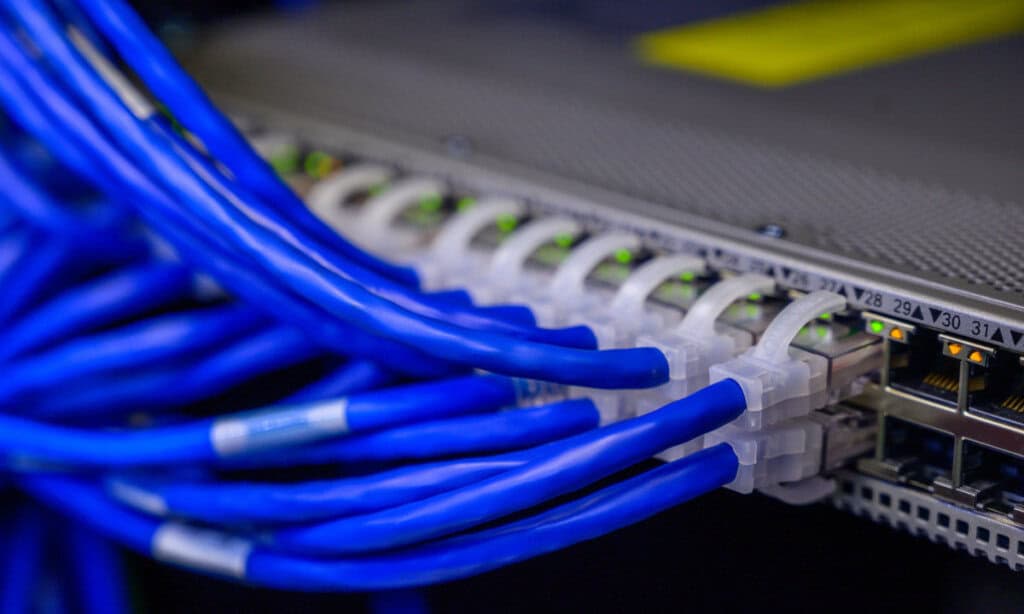
- Server Type:
- Rack Servers – High-density, scalable, perfect for data centers.
- Blade Servers – Modular and flexible, ideal for dynamic workloads.
- Tower Servers – Cost-effective, low-noise, great for small offices or remote sites.
- Brand / OEM: Dell, HPE, Lenovo, Cisco—they’re all reliable, but new units come with a premium. Buying refurbished from trusted vendors lets you access the same performance for far less money.
- Configuration: CPU cores, RAM, storage (SSD vs. HDD), network interfaces—all these affect price. High-performance builds for virtualization, AI/ML, or database workloads naturally cost more.
- Vendor Services: Testing, burn-in, firmware staging, RAID configuration, pre-deployment setup—these aren’t optional if you want reliable servers. Vendors like Alta Technologies consistently provide these services, which explains why their units are priced slightly higher than barebones options but save time and headaches in the long run.
Why Refurbished Servers Make Sense
When I first explored buying refurbished servers, I worried about reliability. But after working with vendors who implement engineering-led QA, my concerns vanished. Refurbished servers now offer:
- Cost savings – often 40–90% cheaper than new units.
- Rapid deployment – pre-configured servers can go live almost immediately.
- Lifecycle flexibility – secure buyback, trade-ins, and spare pools extend the usefulness of your infrastructure.
- Sustainability – reusing servers reduces e-waste and helps meet ESG goals.
For example, a refurbished HPE DL380 Gen10 with dual Xeon processors and 128GB RAM can cost roughly $7,500–$9,000, versus $15,000–$18,000 new. Deploying multiple units amplifies these savings, freeing budget for software licenses, storage, or network upgrades.
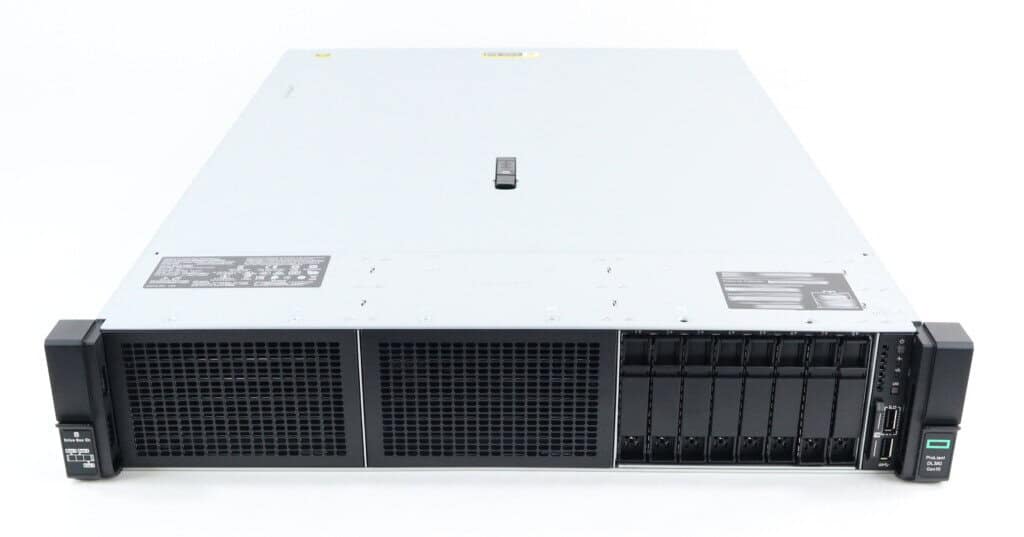
Workload-specific benefits:
- High-core CPUs and NVMe storage for virtualization, AI/ML, and database workloads
- Small offices or remote branches can benefit from energy-efficient, compact servers
Proactive testing reduces risk:
- Alta tests memory, CPU, and storage under peak simulated loads
- Ensures reliable performance under sustained production workloads
- Reduces the likelihood of downtime, errors, and field troubleshooting
Operational and financial advantages:
- Rapid deployment due to pre-staging and pre-configuration
- Extended lifecycle reduces e-waste and supports ESG goals
- Lower TCO through reduced labor and downtime
Key Considerations Before You Buy
Before you click “buy,” here’s what I look for when sourcing servers:
- Vendor Certifications & QA: ISO 9001, R2 Responsible Recycling, ITAD compliance, staff credentials like CCNA, CCNP, or CCIE.
- Inventory Depth: Can they supply multiple units of the same model? Do they carry legacy components?
- Warranty & Support: Multi-year coverage, cross-ship options, and support responsiveness matter.
- Pre-Deployment Services: VLAN setup, RAID configuration, firmware staging, and serialized QA documentation reduce deployment time and errors.
Server Cost Breakdown for Enterprise and Digital Businesses
When budgeting for servers, it’s important to understand how different types of servers impact costs:
- Rack Servers
- Ideal for high-density data centers
- Can range from ~$1,200 for refurbished entry-level units to $8,000+ for fully-loaded enterprise-grade servers
- Offer scalability and energy efficiency, but require proper cooling and rack space
- Example: Dell PowerEdge R740xd refurbished at Alta typically costs ~$1,500–$1,800 with dual Xeon CPUs, 128GB RAM, and RAID-configured SSDs
- Blade Servers
- Perfect for modular, scalable environments, like hosting clusters or hybrid cloud deployments
- Pricing often starts around $1,800 refurbished and can exceed $6,000 for high-performance models
- High-density computing reduces floor space but may increase upfront chassis and networking costs
- Example: HPE Synergy 480 Gen10 refurbished units range from $2,200–$3,000 depending on memory and storage
- Tower Servers
- Suited for small offices, branch locations, or remote sites
- Refurbished units typically cost $600–$1,500, making them a budget-friendly option for smaller workloads
- Lower power consumption and quiet operation are ideal for offices without dedicated server rooms
- Example: Lenovo ThinkSystem ST50 with 16–32GB RAM and SSD storage at Alta costs around $750–$1,000
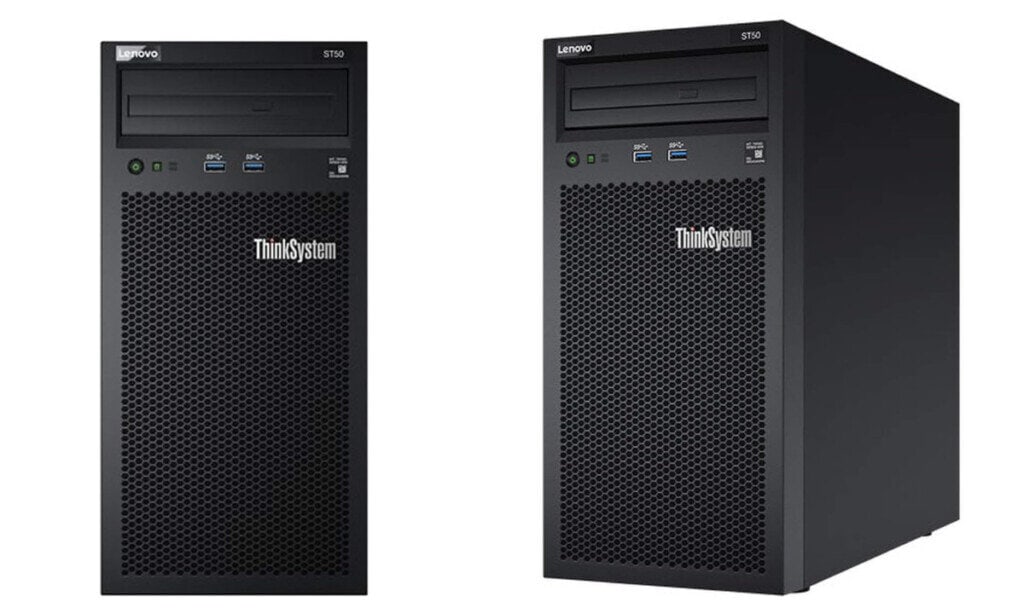
Popular Refurbished Server Models and Pricing
When evaluating refurbished servers, it’s essential to consider the specific needs of your business, such as workload type, scalability requirements, and budget constraints. Below is a curated list of refurbished server models from leading manufacturers, along with example pricing to assist in your decision-making process.
1. Dell PowerEdge R740
- Use Case: Ideal for virtualization, cloud computing, and high-performance workloads.
- Configuration: Dual Intel Xeon Scalable processors, up to 24 DIMM slots, and multiple storage options.
- Example Pricing: Starting at $613 for base configurations; fully configured units may range from $2,000 to $4,000 depending on specifications.
- Why Choose It: Offers a balance between performance and cost, suitable for businesses seeking reliable and scalable solutions.
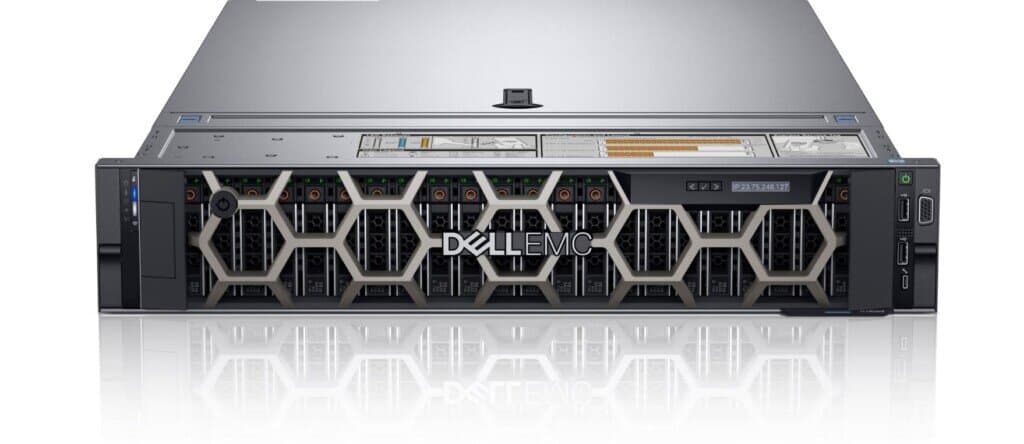
2. HPE ProLiant DL380 Gen10
- Use Case: Versatile 2U rack server, perfect for enterprise workloads, databases, and AI processing.
- Configuration: Supports Intel Xeon Scalable processors, up to 3TB of memory, and various storage options.
- Example Pricing: Approximately $1,500 for base models; high-end configurations can exceed $5,000.
- Why Choose It: Known for its reliability and enterprise-grade features, making it a top choice for mission-critical applications.

3. Lenovo ThinkSystem SR650
- Use Case: Suitable for virtualization, cloud applications, and data analytics.
- Configuration: Dual Intel Xeon Scalable processors, up to 3TB of memory, and flexible storage options.
- Example Pricing: Starting around $1,200; fully configured systems may range from $3,000 to $6,000.
- Why Choose It: Offers a cost-effective solution with robust performance, ideal for businesses looking to optimize their IT infrastructure.
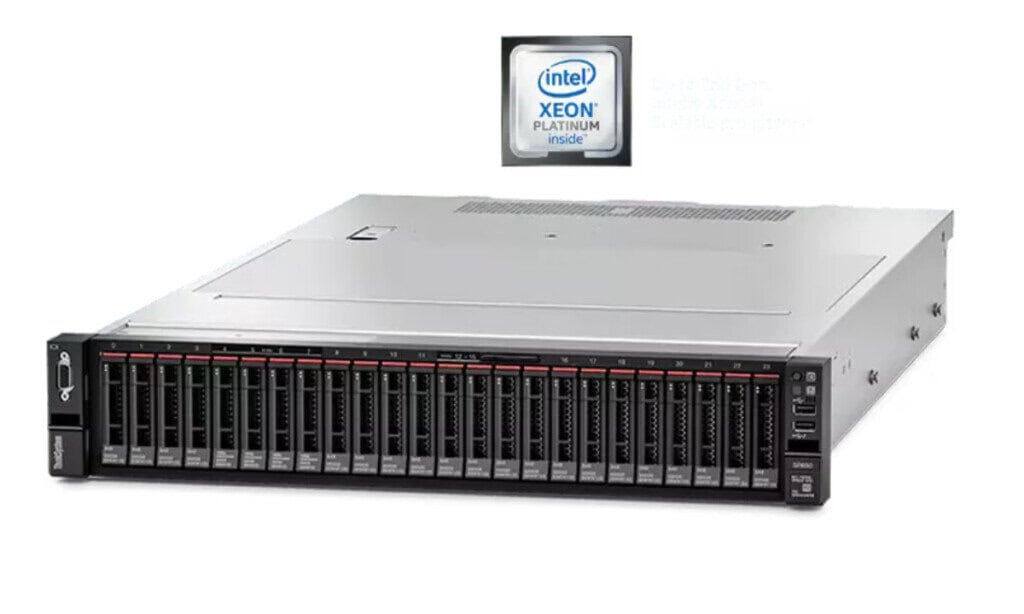
4. Cisco UCS C240 M5
- Use Case: Designed for data-intensive applications, virtualization, and hybrid cloud environments.
- Configuration: Dual Intel Xeon Scalable processors, up to 3TB of memory, and extensive storage capabilities.
- Example Pricing: Approximately $2,500 for base configurations; fully equipped units can range from $6,000 to $8,000.
- Why Choose It: Provides seamless integration with Cisco networking solutions, beneficial for businesses already utilizing Cisco products.
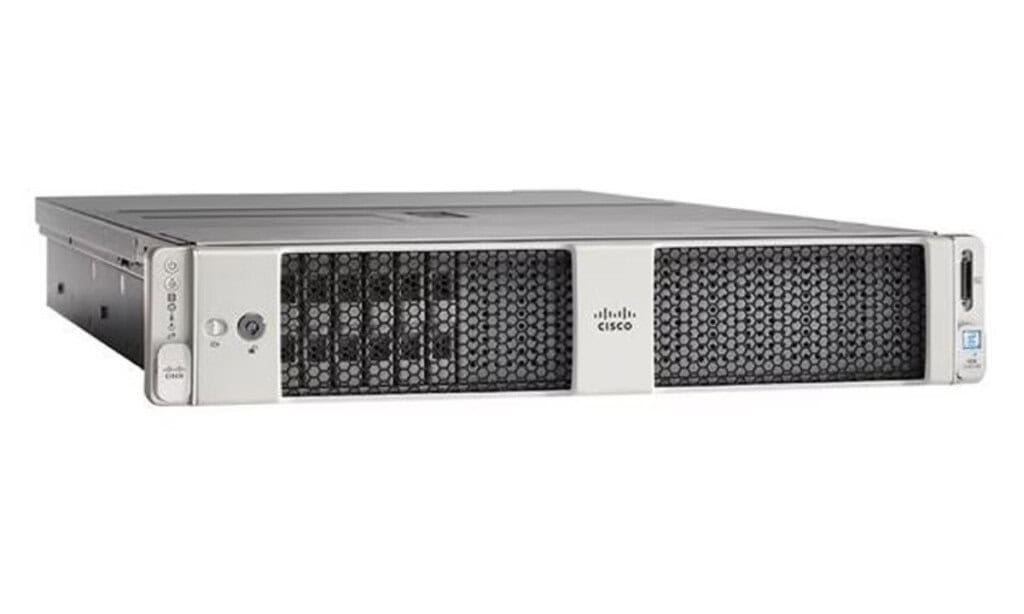
5. Supermicro X11SCA-F
- Use Case: Ideal for small to medium-sized businesses, edge computing, and remote offices.
- Configuration: Supports Intel Xeon E-series processors, up to 64GB of memory, and multiple storage options.
- Example Pricing: Starting at $800; fully configured systems may range from $1,500 to $3,000.
- Why Choose It: Offers flexibility and scalability at an affordable price point, suitable for growing businesses.
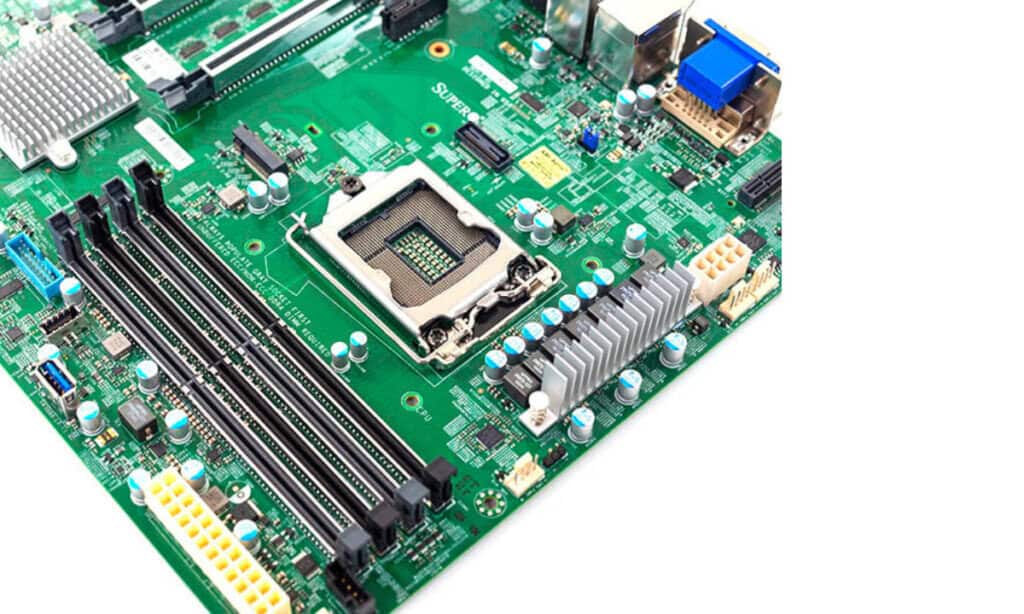
6. Oracle Sun Fire X4170 M3
- Use Case: Best suited for enterprise applications, databases, and virtualization.
- Configuration: Dual Intel Xeon E5-2600 v2 processors, up to 512GB of memory, and various storage configurations.
- Example Pricing: Approximately $1,000 for base models; high-end configurations can exceed $4,000.
- Why Choose It: Provides robust performance and reliability, particularly for businesses with existing Oracle environments.
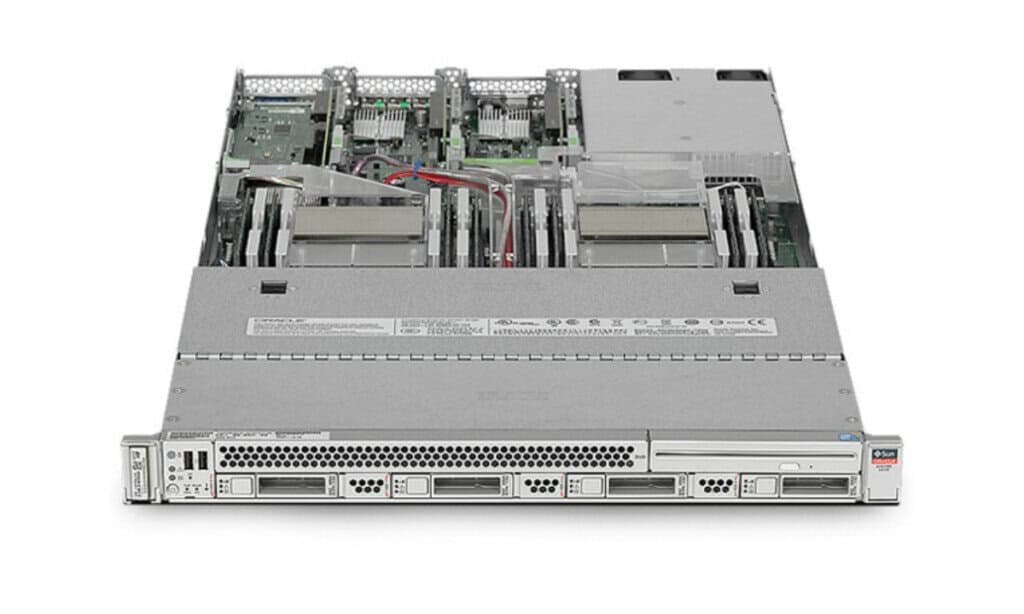
Configuration Factors That Affect Price
- CPU: High-core, high-frequency processors increase cost substantially
- RAM: More memory enables virtualization and heavy database workloads; each doubling of RAM adds $200–$500
- Storage: SSDs are faster but pricier than HDDs; NVMe drives for AI/ML or high-performance apps can double storage cost
- Networking: Extra NICs, 10GbE, or fiber connectivity increases deployment readiness but also upfront cost
- Warranty & Support: Longer warranties and cross-ship or advanced replacement coverage can add $200–$500 per server but dramatically reduce risk
Budget Ranges by Use Case
- Small/Remote Offices: $600–$1,200
- Tower or small rack servers, modest CPU and RAM, minimal storage needs
- Mid-Sized Businesses / Multi-Site Deployments: $1,500–$3,000
- Mid-tier rack servers, dual CPUs, moderate RAM and storage, pre-deployment setup recommended
- Enterprise / High-Performance Workloads: $5,000–$8,000+
- High-core servers with large RAM and NVMe storage, fully pre-configured and stress-tested
Vendor Comparison (Pros & Cons)
- Alta Technologies
- Pros: Engineering-led QA, pre-deployment services, multi-year warranties, serialized documentation, large inventory, legacy hardware support
- Cons: Slightly higher average price, but offset by deployment efficiency and reliability
- ServerMonkey
- Pros: Affordable, easy-to-order base configurations, global shipping
- Cons: Limited pre-configuration, shorter warranties, may require additional IT work
- New Server Life
- Pros: Transparent diagnostic reporting, consistent build quality, compliance-focused
- Cons: Inventory may fluctuate, optional pre-deployment services cost extra
- xByte Technologies
- Pros: Certified refurbishment, multi-year warranty, good support for small/mid-size workloads
- Cons: Higher pricing, fewer advanced pre-deployment services
- Stallard Technologies (STI)
- Pros: Performance testing and engineering support for database-heavy applications
- Cons: Smaller inventory, limited pre-configured options for large deployments
Strategic Procurement Tips
Here’s how I approach buying refurbished servers, broken into actionable steps:
- Align Server with Workload: Avoid over-provisioning; match CPU, RAM, storage, and networking to your application needs.
- Check Vendor QA: Look for port-level validation, burn-in testing, and serialized QA reports.
- Leverage Pre-Deployment Services: RAID, VLANs, and firmware staging reduce deployment headaches.
- Assess Inventory Depth: Ensure multiple units are available for consistent multi-site deployments.
- Review Warranty & Support: Multi-year coverage and cross-ship options mitigate downtime risk.
- Consider Lifecycle Programs: Trade-ins, buybacks, and ESG alignment save money and resources over time.
- Test Before Production: Use refurbished servers in labs or staging environments to validate performance.
- Buy Refurbished From Trusted Vendors: Reputable vendors like Alta Technologies offer pre-tested, production-ready servers. Lower-cost vendors may require extra IT labor for configuration, increasing TCO
- Standardize Hardware Across Locations: Consistent models reduce complexity and spare parts inventory costs
- Prioritize Pre-Deployment Services: RAID, firmware updates, and VLAN setups reduce errors and accelerate deployment
- Factor in Total Cost of Ownership: Don’t just look at sticker price—consider IT labor, downtime risk, and potential replacements
Market Trends Driving Refurbished Server Adoption
- Global Supply Chain Challenges: OEM lead times can stretch 12–20 weeks; refurbished units offer immediate availability.
- Hybrid IT & Cloud Growth: Rapidly scaling services need cost-effective compute resources.
- ESG & Sustainability Goals: Extending server life reduces e-waste and carbon footprint.
- Budget Pressures: Enterprises must maximize ROI while keeping performance consistent.
Refurbished servers also let IT teams experiment with emerging architectures, containerization, and AI/ML workloads without risking production uptime.
Real-World Scenarios I’ve Seen
- Enterprise Retail Expansion: Alta’s pre-configured servers deployed across multiple stores saved weeks of setup time and minimized configuration errors. Alta’s pre-configured DL380s reduced setup errors and saved ~40 IT hours per deployment cycle.
- Hosting Providers: Combining Alta with xByte units allowed uniform deployment across data centers while serialized QA documentation ensured reliability. R740xd and Cisco UCS units scaled seamlessly for new clients with minimal downtime.
- Educational Labs: ServerMonkey and STI servers worked well for hands-on labs but required extra setup hours due to limited pre-deployment configuration. ServerMonkey and STI units are cost-effective for labs, but faculty spend extra time troubleshooting.
- Remote Office Deployments: Alta’s RAID, VLAN, and firmware staging accelerated setup, ensuring seamless hybrid office connectivity. Alta’s VLAN and RAID pre-configuration accelerated deployments, avoided network conflicts, and ensured seamless connectivity.
Bottom Line
Server costs vary widely depending on type, configuration, brand, and vendor services. A smart enterprise buyer balances price with QA, pre-deployment support, and warranty coverage. While competitors like ServerMonkey, xByte, New Server Life, and Stallard Technologies provide cost-effective alternatives, Alta Technologies delivers the strongest overall package.
Their combination of engineering-led QA, inventory depth, pre-deployment services, serialized documentation, multi-year warranty, and lifecycle support ensures that servers are ready for production immediately, reduce downtime risk, and support ESG goals. For enterprises aiming to scale efficiently, maintain reliability, and maximize ROI, Alta is my go-to recommendation for affordable, quality servers.

